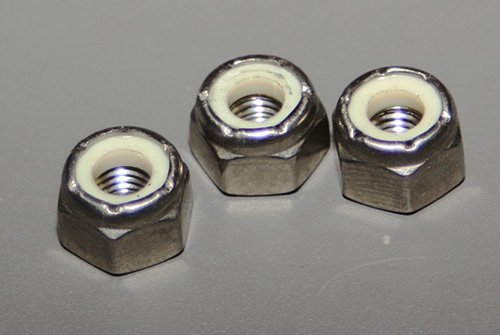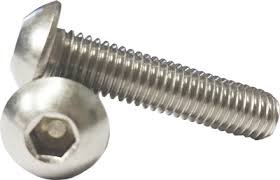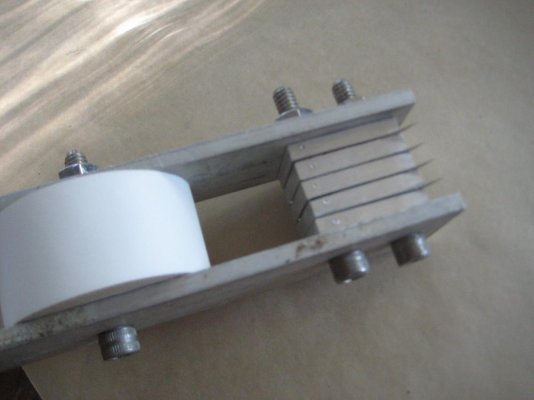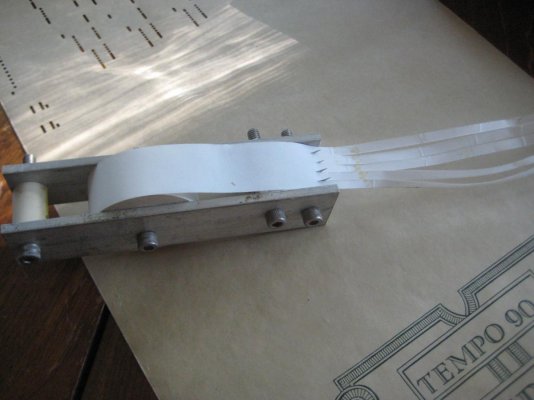Oldersalt
Senior Member
- Joined
- Jun 10, 2016
- Messages
- 204
- Location
- USA
- Vessel Name
- Pacific Star
- Vessel Make
- 1990 Grand Banks 32 #834
Friends,
My 1990 Grand Banks 32 has teak hand rails all around, with 3 boarding gates (port, stbd, aft). The rails are supported by standard stainless stanchions, not the earlier GB bronze stanchions.
The two side gates have both gotten "too long" by maybe 1/16 to 1/8 inch. When I bought the boat just a few months ago, in August, the stbd rail already could not be latched, but the port could. Aft transom gate works fine, but now both side gates cannot be latched.
Is this wintertime wood swelling or what? Could the railings themselves be bent towards the bow a bit so the gates don't fit?
I know there have been previous posts on this subject, but I was not able to sufficiently refine my search for "rail gate problems" to be useful, so I apologize for asking a question that has probably been answered here before.
Thanks for any advice!
Oldersalt
My 1990 Grand Banks 32 has teak hand rails all around, with 3 boarding gates (port, stbd, aft). The rails are supported by standard stainless stanchions, not the earlier GB bronze stanchions.
The two side gates have both gotten "too long" by maybe 1/16 to 1/8 inch. When I bought the boat just a few months ago, in August, the stbd rail already could not be latched, but the port could. Aft transom gate works fine, but now both side gates cannot be latched.
Is this wintertime wood swelling or what? Could the railings themselves be bent towards the bow a bit so the gates don't fit?
I know there have been previous posts on this subject, but I was not able to sufficiently refine my search for "rail gate problems" to be useful, so I apologize for asking a question that has probably been answered here before.
Thanks for any advice!
Oldersalt





